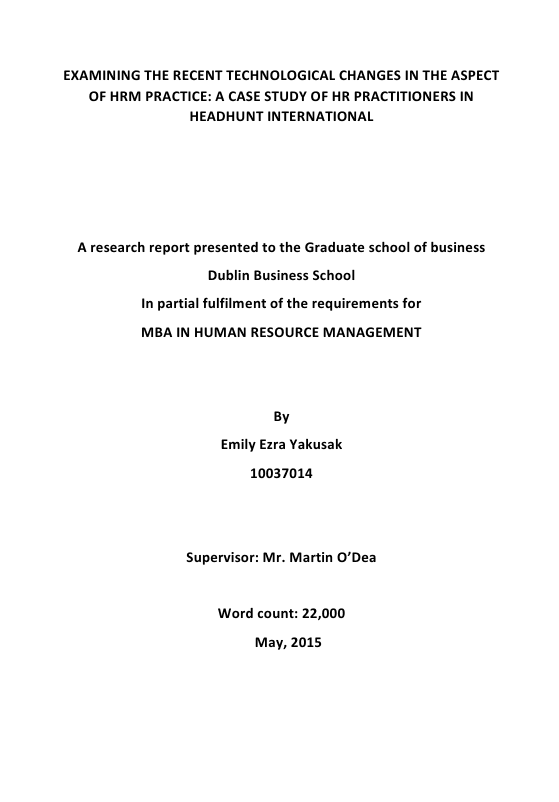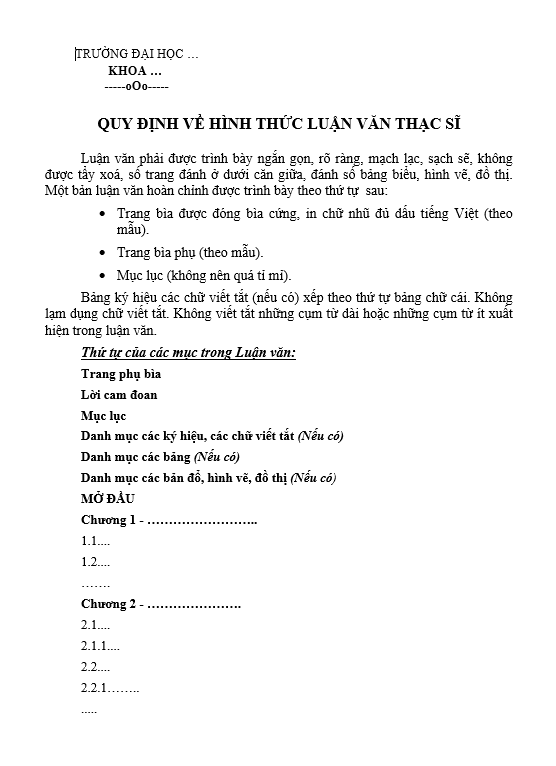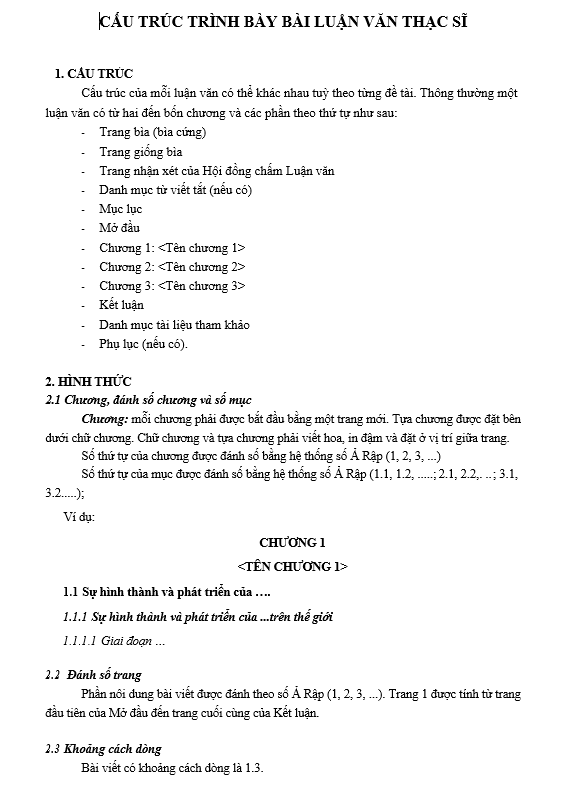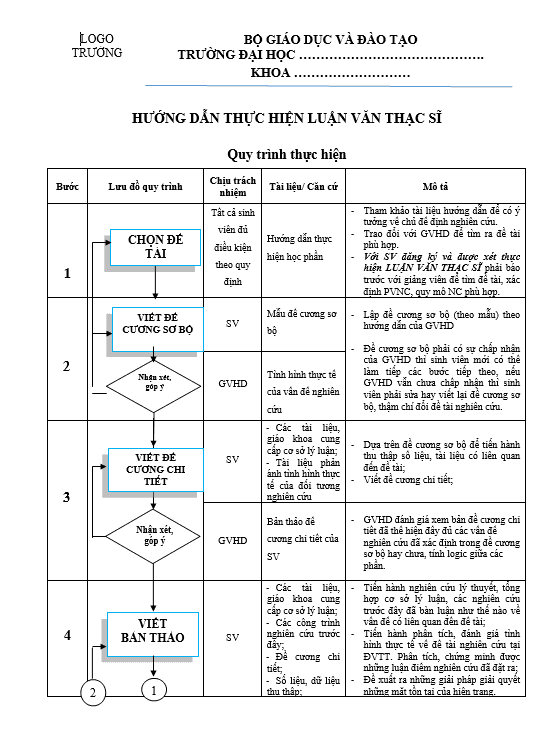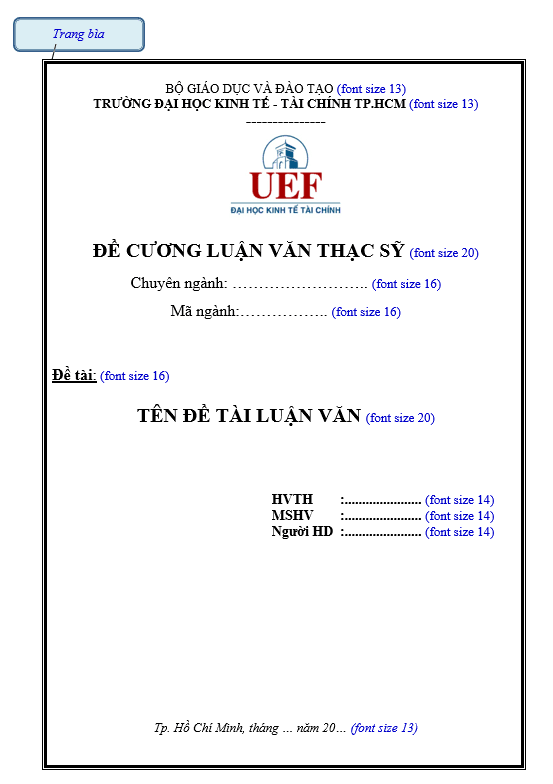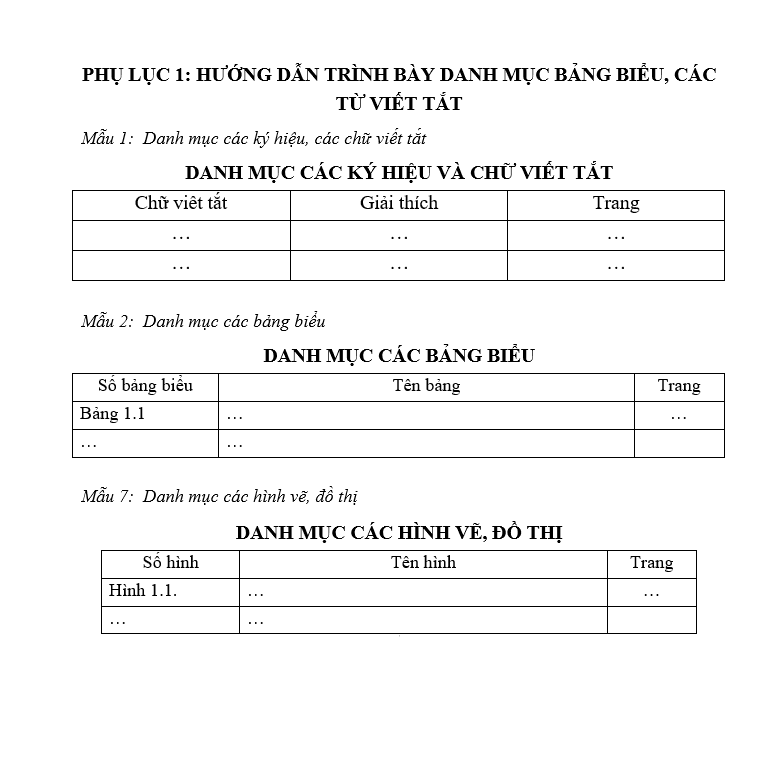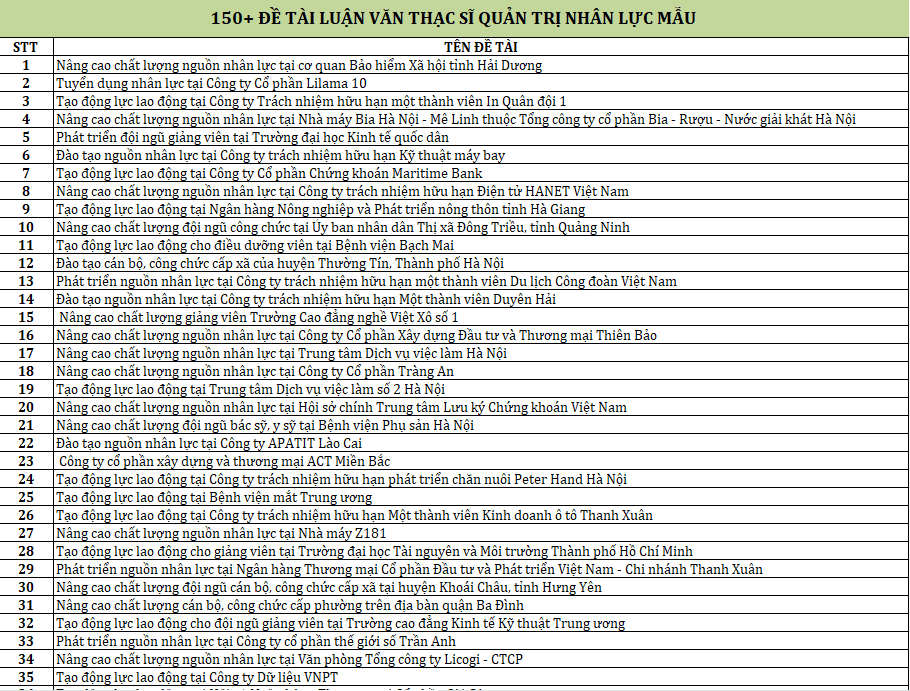CONTENTS
List of tables………………………………………….………………..…………………………………………………………7
List of abbreviations…………………………………………………………………………………………………………..8
Acknowledgements…………………….………………………………………………………………………………………9
Abstract…………………………………..………………………………………………………………………………………..10
CHAPTER 1: INTRODUCTION………..…………………………………………………………………………………11
1.1 General introduction………………………………………….………………………………………………….11
1.2 Background of study………………………………….…………………………………………………………..12
1.3 Conceptual and theoretical framework………….………………………………………………………13
1.4 Problem statement………………………………….………….…………………………………………………15
1.5 Research aims and objectives…………….………….……………………………………………………….16
1.6 Research question……………………………………………………….…………………………………………17
1.7 Significance of study…………………….…………………………………………………………………………18
1.8 Assumptions, limitations and delimitations of the study………………………………………..18
1.9 Conceptual clarifications of key terms……………….….……………………………………………….19
1.10 Organisational layout…………………………………………………………………………………………….20
CHAPTER 2: LITERATURE REVIEW……………………………………………………………………………………22
2.1 Introduction…………………………………………………………………………………………………………………22
2.2 The evolution of HR technology………….………………………………………………………………………..22
2.3 The concept of HRM and technology……….…………………………………………………………………..24
2.4 The connection between hr and technology…………..…………………………………………………….25
2.5 Technology and the HR function…….…………….……………………………………………………………..26
2.5.1 Linking technology with HR…….……………………..…………………………………………………………26
2.5.2 Information flow……………….…….………………………..…………………………………………………….27
2.5.3 Social interactions……………….…………………..……..……………………………………………………….27
2.5.4 Implementation of new technologies…………..…….……………………………………………………28
2.6 Transition from hr to Virtual technology…………….……………………………………………………….28
2.6.1 Virtual recruiting………………………….……….……….…………………………………………………………29
2.6.2 Virtual on – boarding……………….……….…..………………………………………………………………….29
2.7 The use of HRIS in organizations……..………………………………………………………………………….30
2.7.1 Component of HRIS……………………..…………………………………………………………………………..31
2.7.2 Benefits of HRIS…………………………..……………………………………………………………………………32
2.8 comparison between traditional and e-hr……..…………………………………………………………….33
2.9 The Consequences of hr technology………………………………………………………………………35
2.10 Technological trends……….…………………………………………………………………………………………38
2.11 The challenges associated with hr technology…………………….……..………………………………39
2.12 Summary…………………………………………………………….…………….……………………………………….41
CHAPTER 3: METHODOLOGY……….…………………………………………………………………………………42
3.1 Introduction………………………….……………………………………………………………………………………..42
3.2 Research design……………………….…………………………………….…………………………………………….43
3.3 Research philosophy…………………..……….……………………………………………………………………….44
3.3.1 Positivistic approach……….…..……………………….…………………………………………………………45
3.3.2 Phenomenological approach….………………………………………………………………………………….45
3.4 Research approach…………….…………………………………………………………………………………..45
3.4.1 Deduction………………….…….……………………………………………………………………………………..46
3.4.2 Induction………………………..………………………………………………………………………………………….46
3.5 Time horizon……….……………….……………………………………………………………………………………..47
3.6 Questionnaire design….….……………………………………………………………………………………………47
3.7 Sources of data……….…..………………………………………………………………………………………………49
3.7.1 Primary data……………..……………………………………………………………………………………………..49
3.7.2 Secondary data………….…………………………..…………………………………………………………………49
3.8 Instrument for data collection methods………….….……………………………………………………….49
3.9 A simple format of questionnaire analysis…………………….…………………………………………….50
3.10 Sampling method and selecting respondents……………….……………………………………………53
3.11 Data analysis – statistics used to analyse the data……………………………………………………..54
3.12 Ethical issues…………………………………………………..………………………………………………………….54
3.13 limitation of study……….……………………………..……………………………………………………………..55
3.14 Reliability and pilot study…………………………..……………………………………………………………….55
3.15 Summary……………………………………………………………………………………………………………………56
CHAPTER 4: DATA ANALYSIS AND FINDINGS…………………………………………………………………..57
4.1 Introduction………………………………………………………………………………………………………………….57
4.2 Demographic information…………………………………………………………………………………………….57
4.2.1 Response rate……………………………………………………………………………………………………………57
4.2.2 Age of respondents……………………………………………………………………………………………………58
4.2.3 Gender of respondents………………………………………………………………………………………………59
4.2.4 Current job levels of the respondent………………………………………………………………………….60
4.2.5 Years of experience of the respondent………………………………………………………………………60
4.2.6 Relationship between age and years of experience at Headhunt international….………61
4.3 Section B……………………………………………………………………………………………………………………….62
4.4 Section C……………………………………………………………………………………………………………………….63
4.5 Section D………………………………………………………………..…………………………………………………….71
4.5.1 A graphical bar chart representation for section D…………..………………………………………..73
4.6 Analysis of section E……………………………………………………………………………………………………..77
CHAPTER 5: DISCUSSION, CONCLUSION AND RECOMMENDATION……………….…………………82
5.1 Introduction……………………………………………………………………………………………..…………………..82
5.2 The various technological tools used by employees at Headhunt Int…………………………….82
5.3 The hr technological practices in the organisation Headhunt international….……………….86
5.4 The extent to which hr technology ease administrative duties…………….……………………….88
5.5 The challenges encountered as a result of using hr technology…………..………………………..88
5.6 Conclusion………………………………….………………………………………………………………………………..90
5.7 Recommendation…………………………………….…………………………………………………………………..91
5.8 Suggested points for further research…………………………………………………………………………..93
CHAPTER 6: LEARNING AND REFLECTION…….………………………………………………………………….94
6.1 Introduction………………………………………………………………………………………………………………….94
6.2 Self-Appraisal……………………….……………………………………………………………………………………….94
6.3 Problem solving…………………………………………………………………………………………………………….95
6.4 Summary of added value………………………………………………………………………………………………96
6.5 Plans to apply/sustain learning……………………………………………………………………………………..97
REFERENCES………………………………………………………………………………………………………………….98
APPENDIX A: QUESTIONNAIRE COVER LETTER………….…………………………………………………..108
APPENDIX B: QUESTIONNAIRE FOR EMPLOYEES AT HEADHUNT INTERNATIONAL…………110

